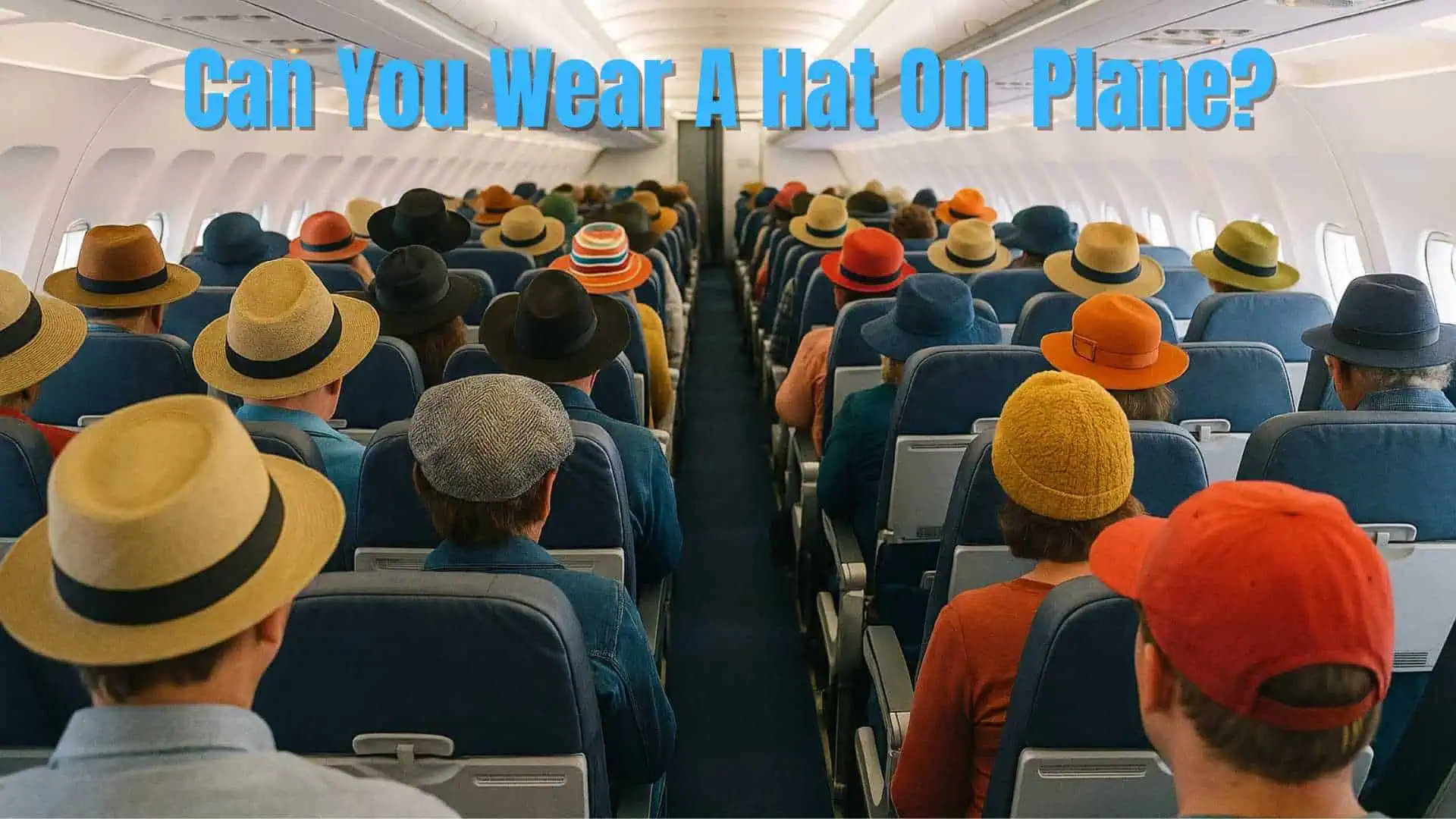Airplane mode, often referred to as flight mode, is a setting available on most smartphones and tablets. This feature disables the device’s cellular radio, Wi-Fi, and Bluetooth—communication functions that could interfere with an aircraft’s communication and navigation systems according to aviation regulations. This precaution stems from guidance by the Federal Aviation Administration (FAA) to ensure passenger safety and adherence to in-flight protocols.
Activating airplane mode is integral to your flying routine, making it important to understand how it affects your device’s connectivity. When you enable airplane mode, your phone or tablet cannot make or receive calls or texts through cellular networks or use data services through a cellular connection.
However, Wi-Fi and Bluetooth functionalities can often be reactivated separately while keeping the device in airplane mode, allowing for connectivity that complies with airline regulations.
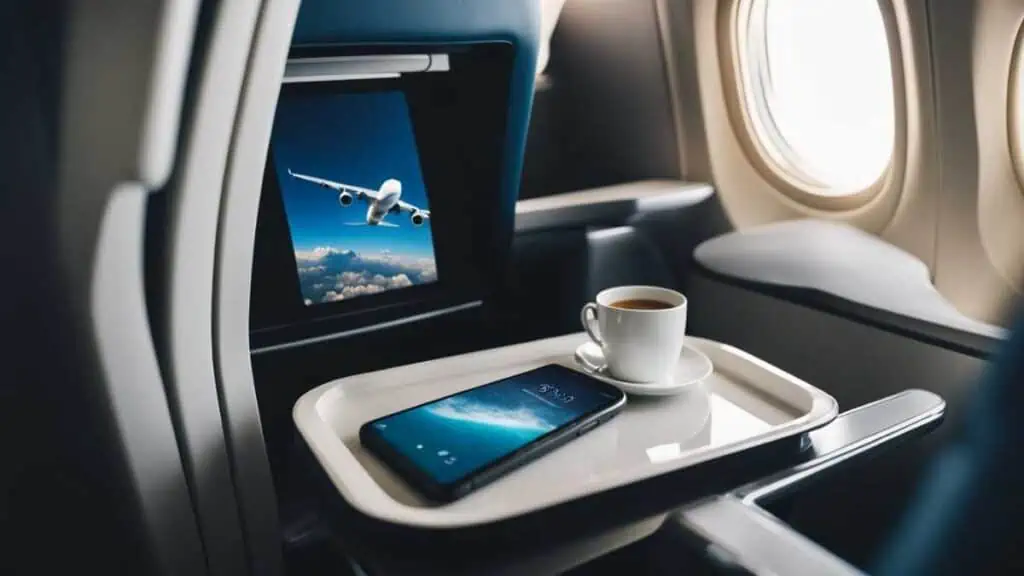
Contents
Key Takeaways
- Enabling airplane mode disables cellular, Wi-Fi, and Bluetooth, adhering to FAA guidelines.
- Your device will not ring or notify you of incoming calls when in airplane mode.
- Wi-Fi and Bluetooth can typically be re-enabled separately to maintain some connectivity during a flight.
Impact on Communications
When you switch your phone to airplane mode, it’s important to understand how this setting alters your communication capabilities.
How Airplane Mode Affects Calls and Texts
Turning on airplane mode disables your phone’s ability to connect to cellular networks. Here’s what happens:
- Calls: When cell towers cannot connect to your phone, any incoming calls are redirected. If voicemail is enabled, the caller will be forwarded to it. If not, they’ll get a notification that the phone is out of reach or turned off.
- Texts: SMS messages will not be delivered to your smartphone. They’re usually stored by your network service provider and are delivered once airplane mode is turned off and a connection is re-established.
Anyone who calls you when your phone is in airplane mode will get a “the person you are calling is unavailable” message and they will be able to leave a voicemail, which you can access once your phone is back in normal mode.
Internet-Based Communication on Airplane Mode
Your phone’s connection to the internet is also impacted:
- Wi-Fi: You can manually re-enable Wi-Fi while in airplane mode, which allows for internet access and the use of apps.
- Apps: Services like WhatsApp can be used with a Wi-Fi connection to send messages and make Wi-Fi calls despite cellular networks being inaccessible.
Alternatives to Cellular Calls and Texts
If you need to stay in touch while on airplane mode:
- Wi-Fi Calling: Use your smartphone’s Wi-Fi calling feature to make voice calls through a Wi-Fi network.
- Messaging Apps: Send messages or make calls via apps such as WhatsApp, which require only an internet connection and not a cellular network.
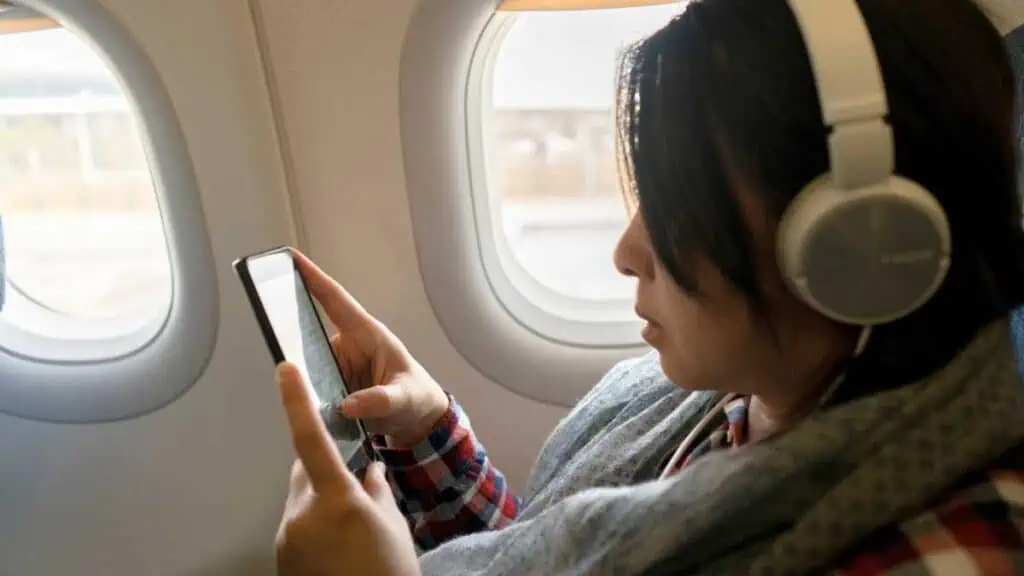
Understanding Airplane Mode
Switching your smartphone or tablet to airplane mode stops communicating with cell towers and disables Wi-Fi, amongst other connectivity features. This setting is key to complying with airline regulations and managing your device’s battery life during flights.
Fundamentals of Airplane Mode
Airplane mode, also known as flight mode, is a setting found in most wireless devices, such as your smartphone or tablet. When activated, it disables the device’s ability to send or receive calls and text messages and access internet services via cellular networks and Wi-Fi networks. This includes disabling Bluetooth connections as well. Essentially, all the wireless communications of your device are temporarily turned off.
FAA Regulations and Safety Concerns
The Federal Aviation Administration (FAA) mandates certain safety regulations concerning the use of electronic devices on aircraft. These rules aim to prevent potential interference with the airplane’s navigation and communication systems caused by your device’s radio signals. Enabling airplane mode is part of complying with these safety concerns during takeoff, landing, and flight.
Airplane Mode and Device Functionality
While in airplane mode, your device’s Wi-Fi and Bluetooth functionalities can often be turned back on manually, depending on the airline’s regulations. This can be useful for activities that do not require a cellular network, such as listening to downloaded music or accessing in-flight wi-fi.
Additionally, this setting can extend your device’s battery life since it is not constantly searching for a signal, and it can reduce distractions by halting notifications.
Comparing Airplane Mode on Different Devices
The way airplane mode works can vary between different devices and operating systems. For instance, on both Android and iOS platforms, GPS may or may not be disabled when airplane mode is on. Android phones, iPhones, iPads, and other tablets typically display a small airplane icon in the status bar to indicate that airplane mode is activated.
The specific steps to enable airplane mode and the functionality it controls, like Wi-Fi calling and Bluetooth connections, might slightly differ, but the core concept remains consistent across devices.
Battery and Connectivity Considerations
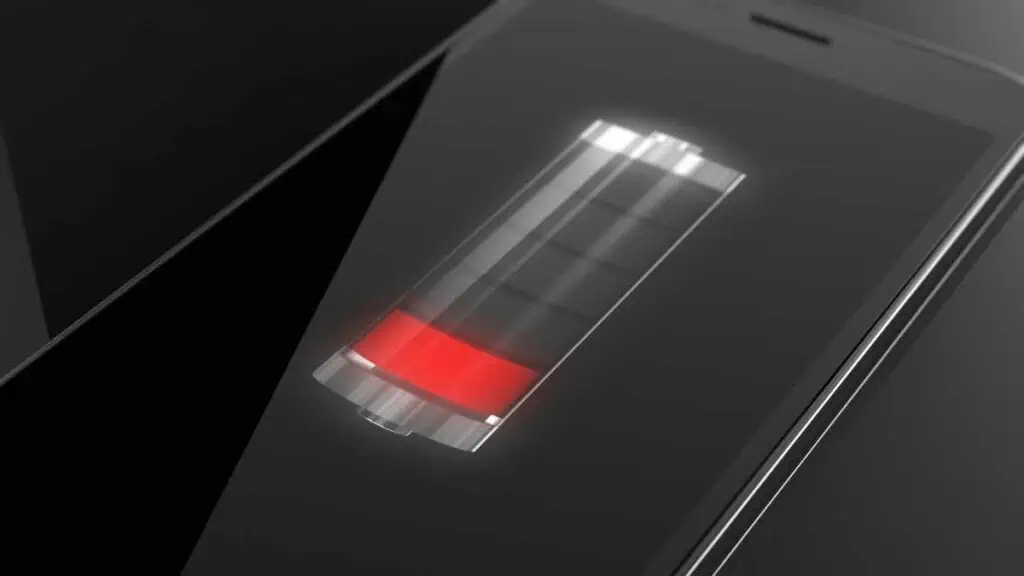
Turning on airplane mode on your smartphone not only complies with airline regulations but also has significant effects on your device’s battery life and connectivity features. Here’s how you can manage power consumption and network connection while traveling.
Battery Preservation While Flying
Switching your smartphone to flight mode, also known as airplane mode, disables wireless transmission functions such as cellular voice and data as well as Wi-Fi and Bluetooth. This is crucial during flights for two main reasons:
- Reduced Power Consumption: Without the need to maintain active connections, your smartphone conserves power, resulting in extended battery life. This is especially beneficial on long flights.
- Compliance with Air Safety Regulations: Disabling radio-frequency signal transmission ensures that your device does not interfere with aircraft communication systems.
To further conserve battery, consider lowering screen brightness, closing unnecessary apps, or switching to a power-saving mode if your smartphone has this feature.
Finding Wi-Fi and Resuming Connectivity
Once permitted by the flight crew, usually after landing, you can resume your smartphone’s connectivity by turning off airplane mode. To reconnect to the world, follow these steps:
- Disable Airplane Mode: This re-enables cellular, Wi-Fi, and Bluetooth antennas, allowing your device to reestablish network connections.
- Connect to Wi-Fi: If you prefer not to use cellular data or if you are still in the plane:
- Locate available Wi-Fi networks through your phone’s settings.
- Choose a network to connect to, often provided by the airport or sometimes by the airline itself.
By understanding these connectivity nuances, you can better manage your smartphone’s battery and internet access while on and after your flight.
Productivity and Entertainment in Flight Mode
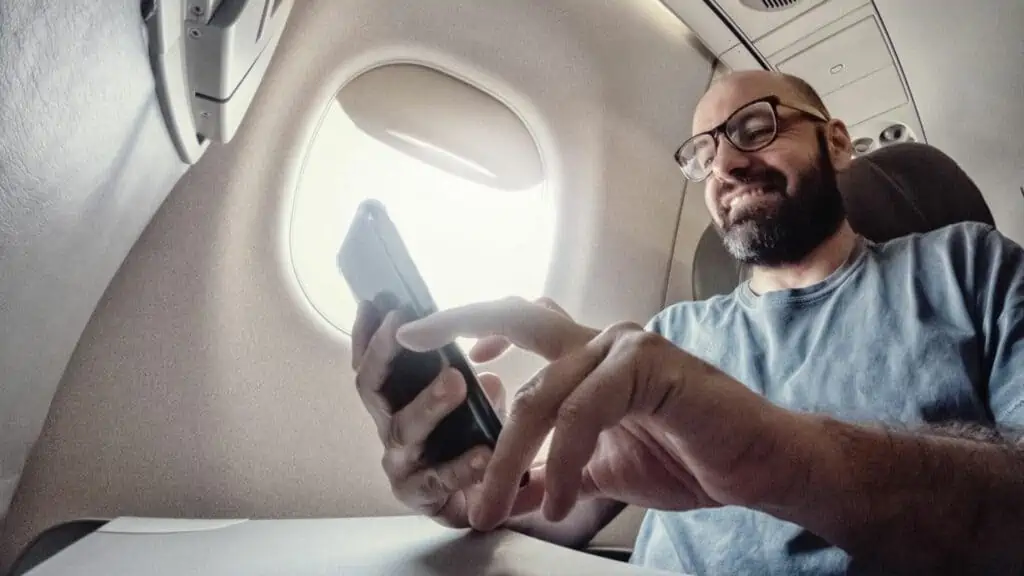
When your device is in Airplane Mode, it disconnects from cellular and Wi-Fi networks, but this doesn’t mean your productivity and entertainment options are grounded.
Working and Staying Productive
Even while disconnected from the internet, your smartphone or tablet can serve as a potent tool for productivity. Before a flight:
- Prepare by pre-downloading documents or emails that you need to review or work on.
- Activate relevant settings that enable offline mode for apps like Google Docs or your email client.
You can edit documents, draft emails, or create presentations, all while flying—just make sure to sync your changes once you’re back on the ground connected to a Wi-Fi network.
Accessing Entertainment During Flights
Your flight time can be entertaining, even without internet access:
- Music: Listen to your downloaded music by ensuring your favorite tracks are saved for offline play.
- Movies: Keep yourself captivated in the skies by downloading movies or episodes beforehand.
Your tablet or smartphone becomes the ultimate entertainment device. Remember, downloading content is key since streaming services won’t work without Wi-Fi. Choose and download your entertainment while on the ground to ensure a flight filled with your preferred music and films.
Frequently Asked Questions
In this section, you’ll find clear answers to some common questions regarding airplane mode on your device and how it impacts call reception and tracking.
What happens when someone texts you on airplane mode?
If someone texts you while you are in airplane mode, then as soon as you switch on your cell network again, the texts will be delivered to you.
Does airplane mode on iPhone prevent call reception?
Yes, when you activate airplane mode on your iPhone, it disables all wireless transmissions from your device, which means you cannot receive calls or text messages until you turn off the feature.
What could happen without airplane mode activated?
If you don’t activate airplane mode on a plane, your phone may attempt to connect to ground-based cellular towers, possibly causing interference with navigation systems or overburdening the towers as you move rapidly overhead.
Is it possible to track a phone that is set to airplane mode?
When in airplane mode, your phone’s GPS, Wi-Fi, and cellular connections are disabled, making it unable to transmit its location to any tracking services.
How can you tell if an iPhone user has enabled airplane mode?
You cannot directly tell if someone’s iPhone is in airplane mode, but if calls go straight to voicemail or messages fail to deliver, it can indicate that their device is not connected to a network.
What is the status of calls and iMessages to a device in airplane mode?
Calls to a device in airplane mode will go to voicemail or will be notified that the call cannot be completed. iMessages will remain undelivered until the receiving device deactivates airplane mode and reconnects to the internet.
Is there a way to find out if calls come in while your phone is in airplane mode?
While in airplane mode, incoming calls won’t be registered. However, once you disable airplane mode and re-establish a network connection, you’ll receive notifications for missed calls and voicemails if these services are set up.
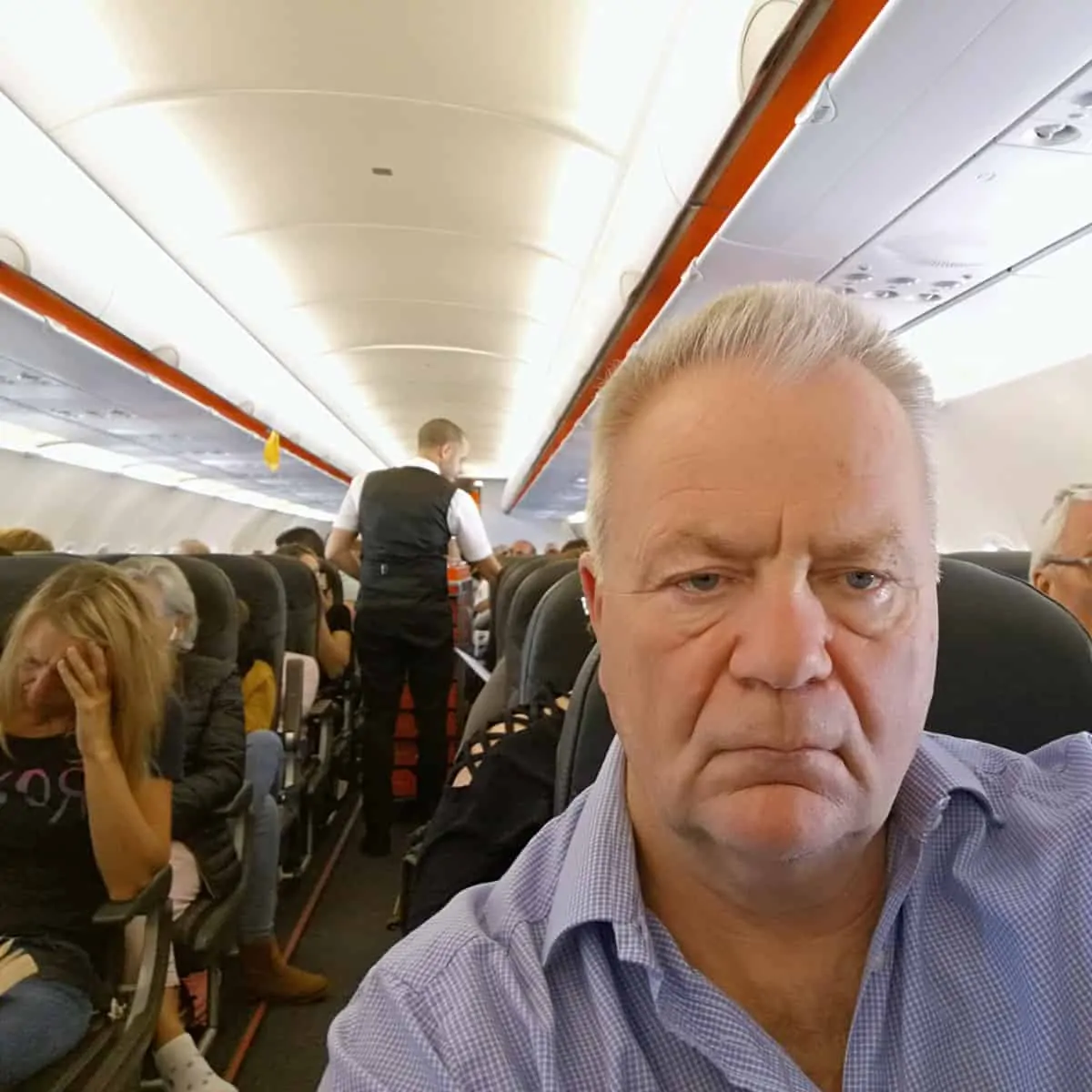
I have been traveling around the world by air since the early 70s and living overseas too. I worked for British Airways for a number of years and I am also a private pilot. About Me
